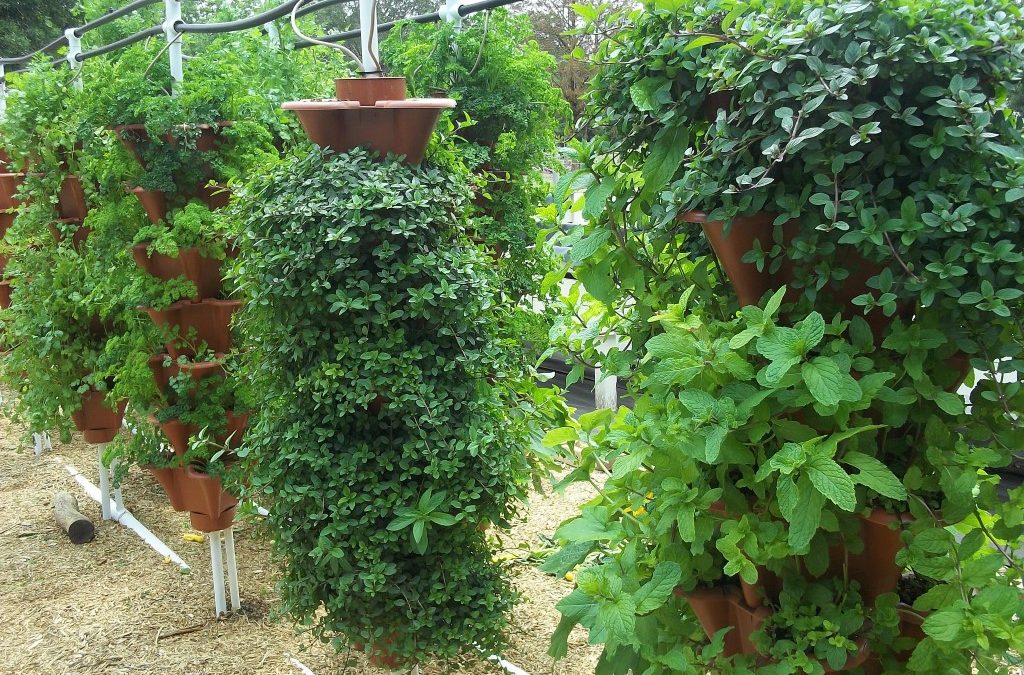
Efficient And Economical Food Production Systems
With the recent price increases in food, especially fresh fruits and vegetables, there is a real challenge to feed a family with the 5-a-day produce and fruit menu. Fresh vegetables and fresh fruits are the key to good health. This is not a new or profound statement but a fact. We are just realizing the many benefits of fresh fruits and vegetables.
What has not been addressed is how we can guarantee that our fruits and vegetables are fresh and clean. Simply put, if you buy it in a grocery store or even some farmer’s markets, you can’t be sure. Even the most reliable grocery stores and produce stands can unknowingly buy dirty produce. Because of our country’s massive distribution system, tainted vegetables can be on the shelf in stores within hours of harvest or after crossing our borders. Sometimes produce never leaves the truck it was loaded into in the field until it reaches its distribution destination. Recalls are very expensive. Although recalls or news releases are necessary, the farmers are the ones hurt most, even though their produce may be perfectly clean.
How can we, as consumers, protect our families from eating dirty fruits and vegetables? It is not easy and almost impossible to guarantee. Washing will obviously help but it takes time and there is still no guarantee. For restaurants even the wash water can be contaminated and the job of washing takes time and costs money. One tainted vegetable can contaminate other vegetables in the same restaurant and then finding the source of the contamination becomes very difficult.
Solving this problem is almost impossible and certainly not economical. Testing irrigation water, avoiding rain splashing, using gloves during phases of harvest and packaging, protecting from other contaminated produce and sterilizing the trucks are just a few of the things we would have to do to reduce the incidences of contaminated foods. Even then, it would not guarantee success but would guarantee that food prices would go up even more. Even birds and animals can carry contaminants.
What can you do as an individual? You can shop for local grown produce, clean any produce you buy or you can grow your own. Small family farms are usually more careful, especially if the produce is greenhouse grown or even grown outdoors without soil or without touching the ground. Also, small family farms are usually operated within the family. Washing all vegetables may soon be required but it may only lead to more cross contamination. Greenhouse produce is always going to be a little more expensive because of the investment costs of greenhouses and the operating cost is higher, especially energy costs. More economical greenhouses to extend the season are going to become necessary. Small farmers that sell locally are going to need to diversify and educate their customers.
Home gardening will become more popular in the summer and in tropical or semi-tropical climates year-round. However, in cold climates the problems of environmental control is not as easy to solve and will be expensive. Having a greenhouse can be expensive to buy, install and heat. Growing indoors under lights is not economical and is not practical for most crops. There is no economical substitute for natural lights at this time. Starting plants indoors under lights is one way to get a jump on spring. Movable containers also reduce losses due to freezing and allow for a much longer growing season. Growing vertically in containers that are movable and use a soilless growing medium has become practical, economical, and less expensive than any other method of growing, either by hydroponic or organic methods.

Hydroponic Nutrients

EC vs TDS

Organic Does Not Mean “No Pesticides”

How Plants Uptake Nutrients

What is Aquaponics
Trackbacks and pingbacks
No trackback or pingback available for this article.
Articles
Featured
-
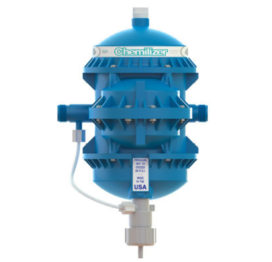 Chemilizer InjectorRegular Price $349.99
Chemilizer InjectorRegular Price $349.99 -
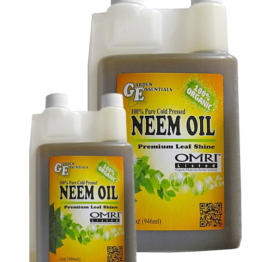 Cold Pressed Neem OilRegular Price $29.92 – $38.71
Cold Pressed Neem OilRegular Price $29.92 – $38.71 -
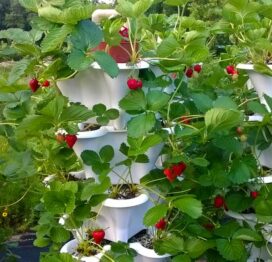 Five Tower Strawberry GardenRegular Price $2,799.00
Five Tower Strawberry GardenRegular Price $2,799.00 -
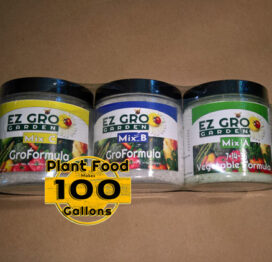 Vegetable Formula single dose SetRegular Price $29.99
Vegetable Formula single dose SetRegular Price $29.99 -
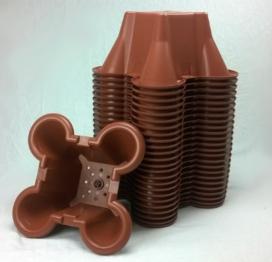 EzGro Quad Pot 25 PackRegular Price $274.99
EzGro Quad Pot 25 PackRegular Price $274.99 -
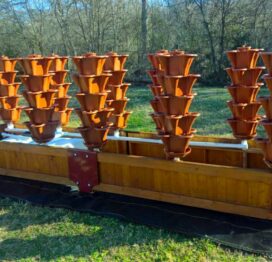 Ten Tower Deck GardenRegular Price $3,499.00
Ten Tower Deck GardenRegular Price $3,499.00 -
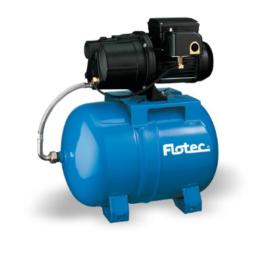 Rainwater Pressure Tank SystemRegular Price $449.00
Rainwater Pressure Tank SystemRegular Price $449.00 -
 Drain Dish & Diffuser Dish Set 10 PackRegular Price $124.99
Drain Dish & Diffuser Dish Set 10 PackRegular Price $124.99 -
 Drain Dish & Diffuser Dish SetRegular Price $16.99
Drain Dish & Diffuser Dish SetRegular Price $16.99 -
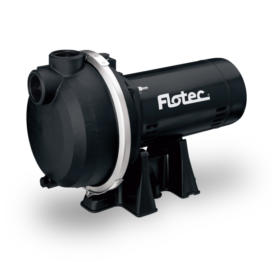 Thermoplastic Irrigation Pump 1 HPRegular Price $469.99
Thermoplastic Irrigation Pump 1 HPRegular Price $469.99









Leave a reply